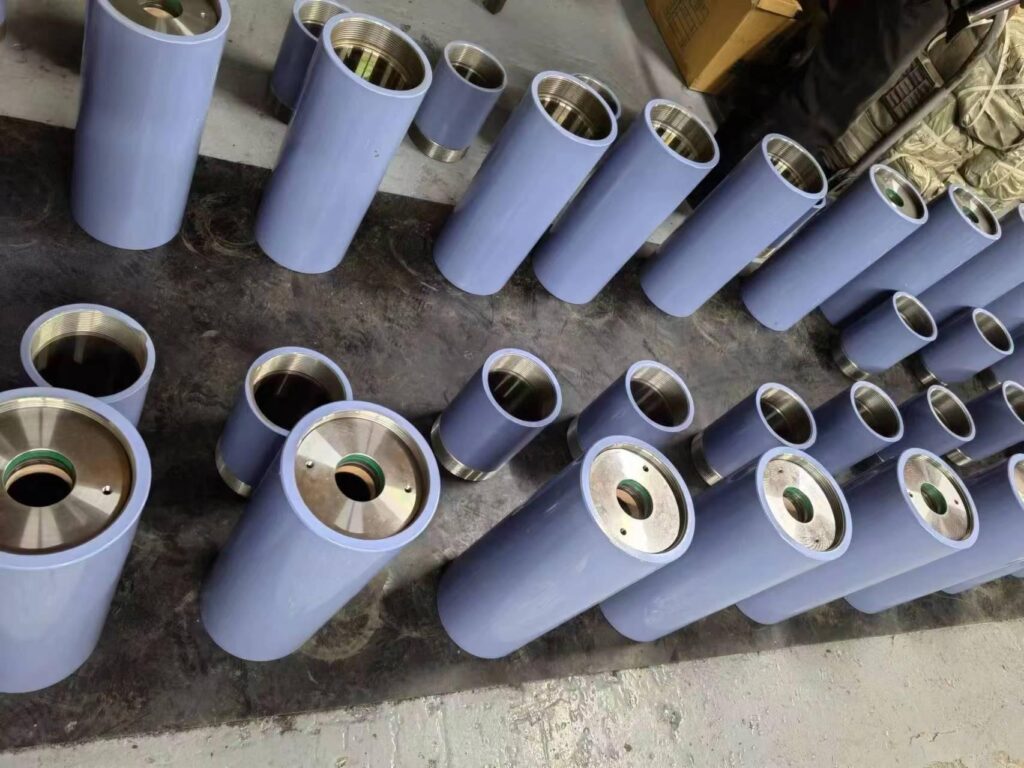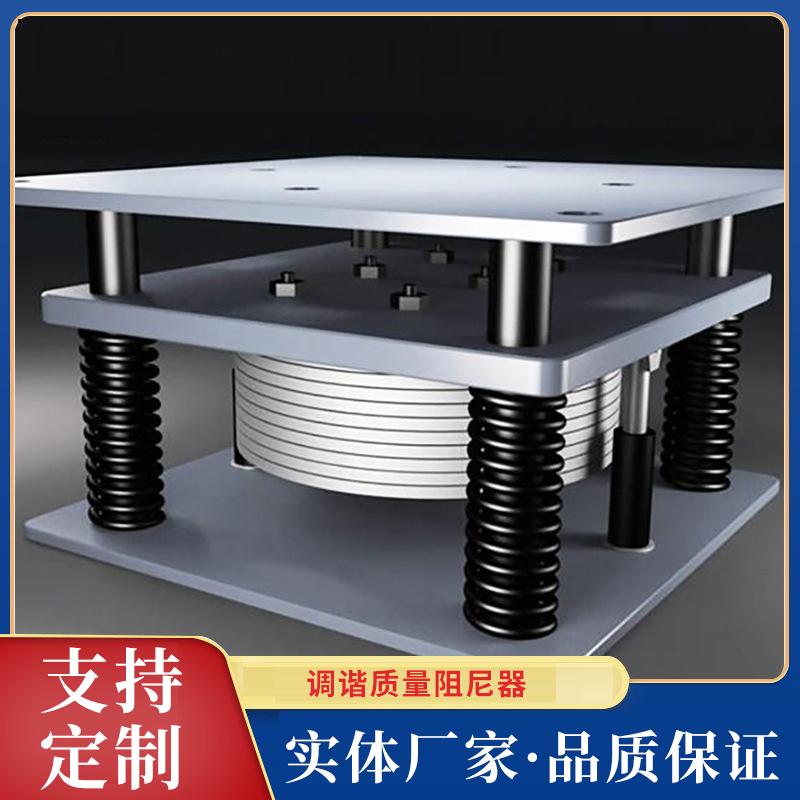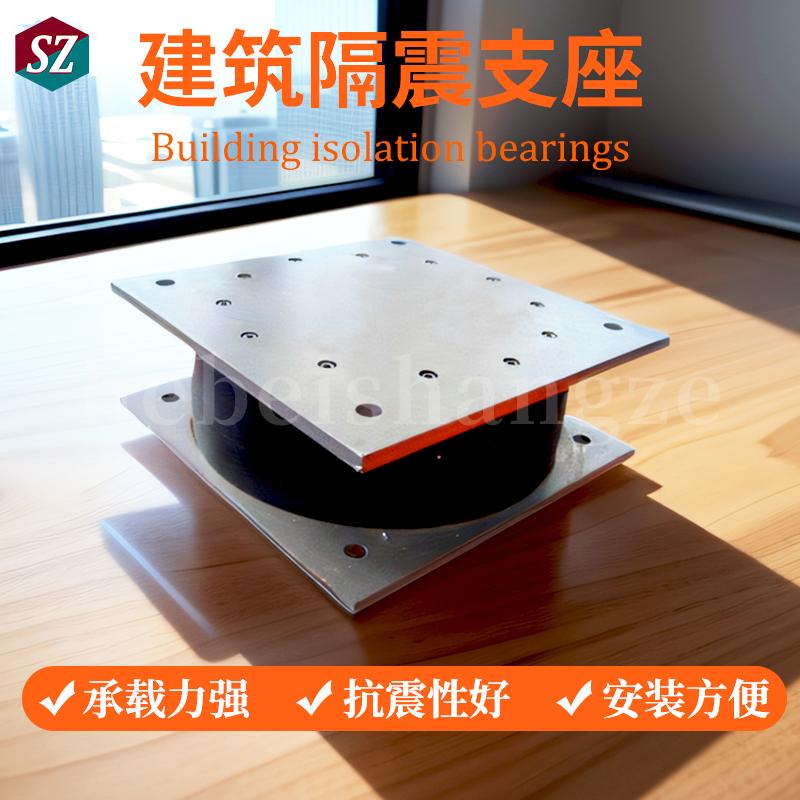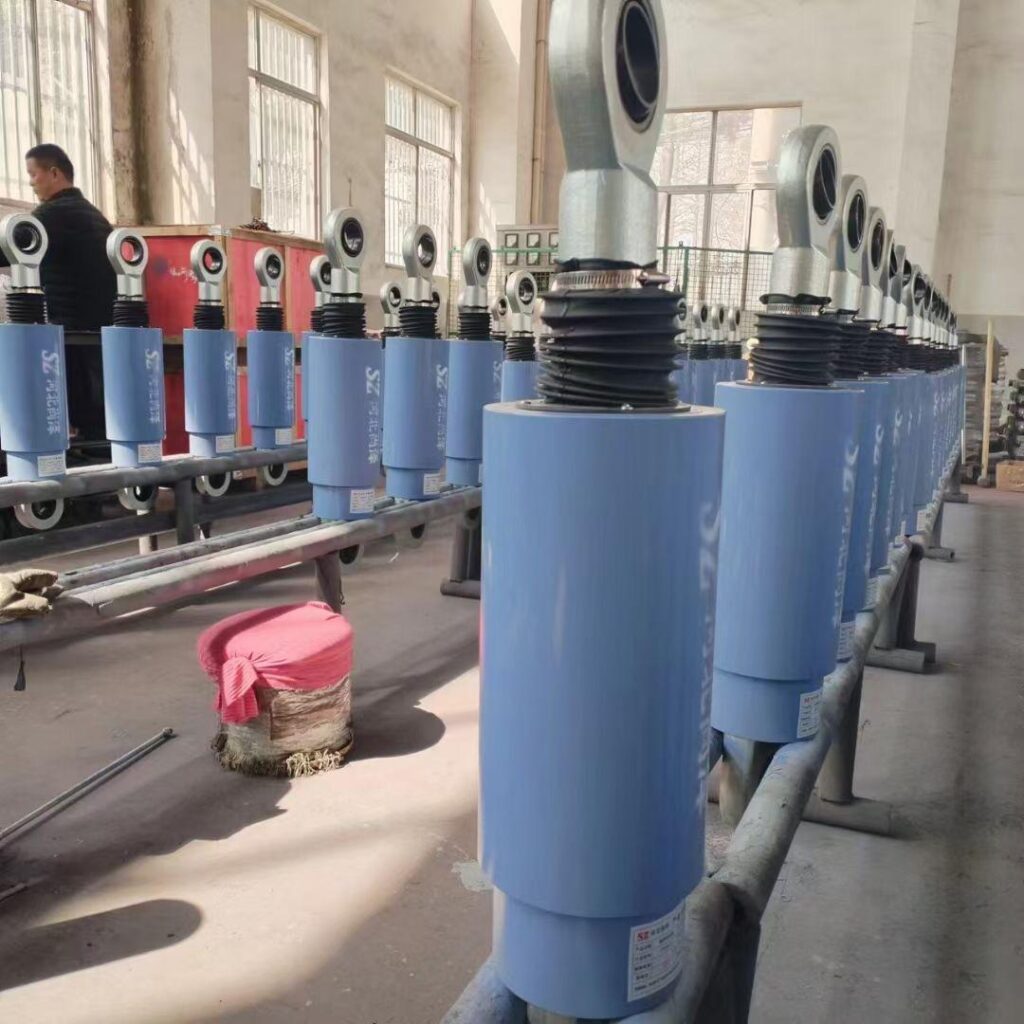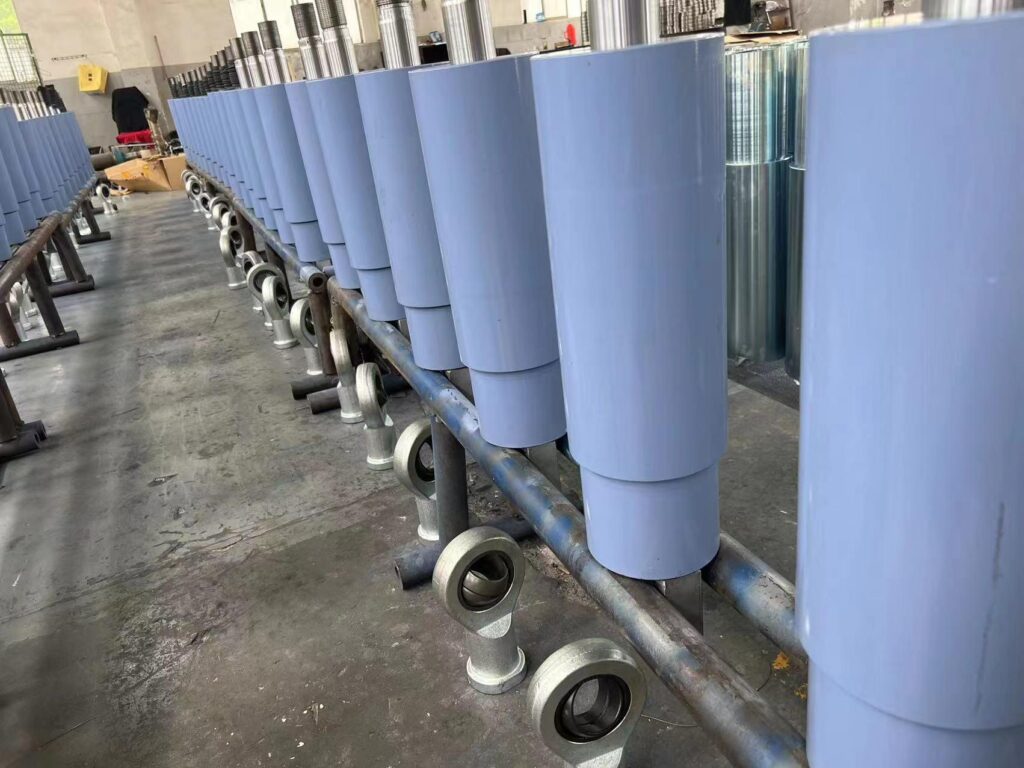What is a viscous fluid damper? How much do you know about its performance? With the development of my country’s economy and the advancement of engineering construction technology, various high-rise buildings and bridges have emerged. In order to protect high-rise buildings and bridges from strong winds caused by earthquakes, many shock-absorbing and seismic isolation devices have emerged, such as Metal damper , friction dampers, magnetorheological dampers, viscous dampers, viscous fluid dampers and other devices to improve the seismic performance of buildings.
Viscous fluid dampers are currently the most widely used non-stiffness, velocity-dependent energy dissipation and shock absorption devices. Relevant engineering and technical personnel from various countries have invented many viscous energy dissipation devices based on the energy dissipation principle. From the current engineering applications, viscous fluid dampers are one of the most widely used in engineering.
Viscous fluid dampers are divided into building energy dissipators and bridge viscous fluid dampers. The structures and working principles of the two dampers are the same.
Structure: Mainly composed of cylinder, end cover, piston, damping medium, connector and connecting ear plates on the left and right sides.
Working principle: The piston divides the cylinder into two parts. During the reciprocating motion of the piston in the cylinder, the damping medium flows rapidly in two independent cavities. Strong friction occurs between the molecules of the medium and between the medium and the piston, and huge throttling damping occurs when the medium passes through the piston hole. The combined force of these effects becomes the damping force. The damping force generated by the flow converts the seismic energy into heat through the reciprocating motion of the piston in the damping medium, thereby gradually reducing the speed of the piston and achieving the purpose of damping energy consumption.
Features: Viscous fluid damper is a non-rigid velocity damper. It does not change the inherent dynamic characteristics of the structure when working, but only provides additional damping to the structure. The damping force-displacement hysteresis curve is full and approximately rectangular, which makes it have stable dynamic characteristics and strong energy dissipation capacity. Viscous dampers can be used for both the base isolation layer of building structures and the upper structure, so they are widely used in building shock-absorbing structures.

